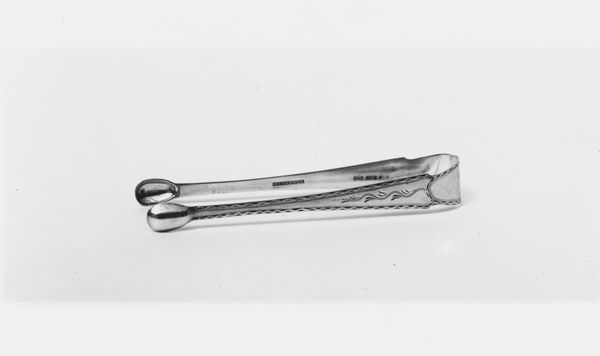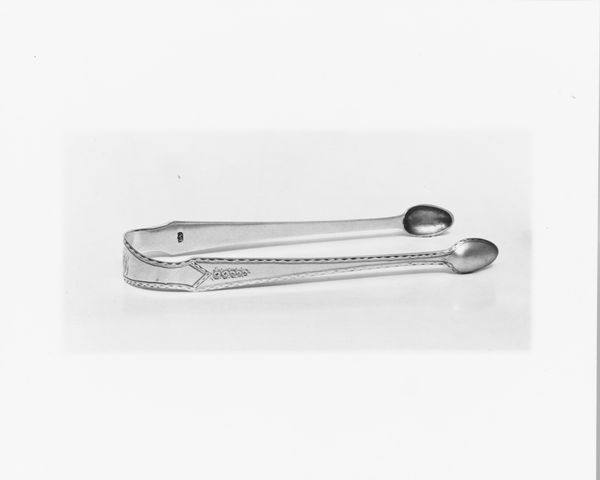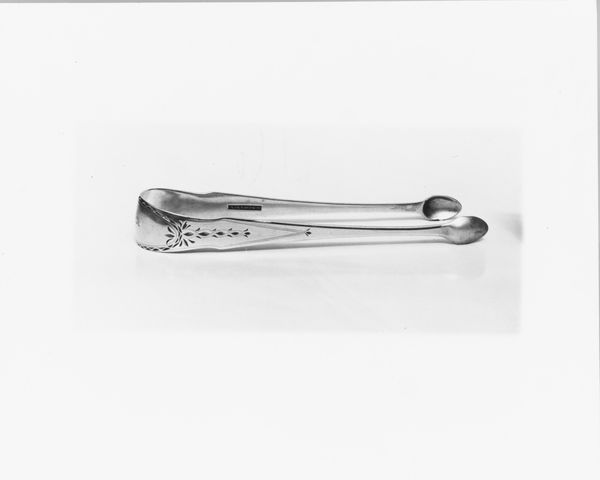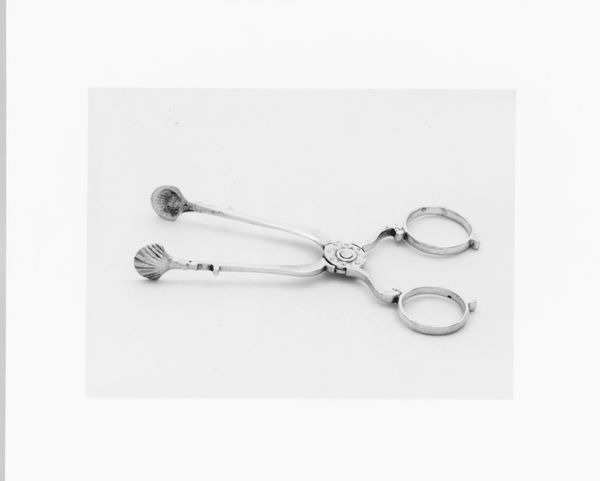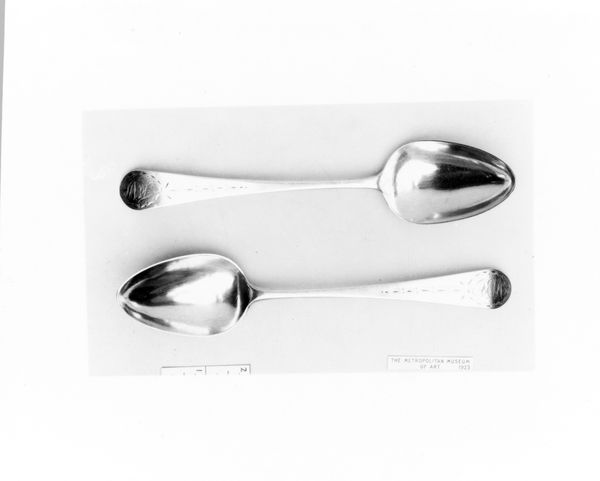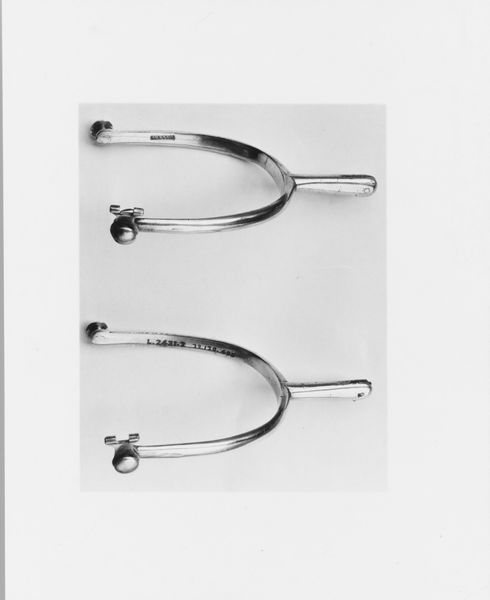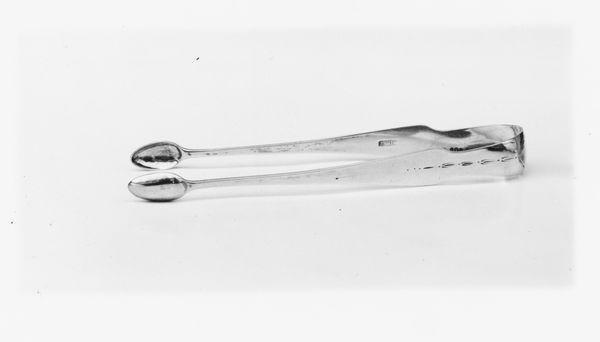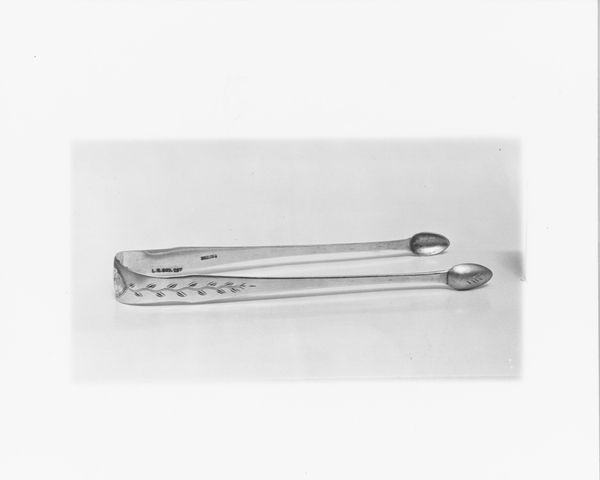
photography
#
precisionism
#
still-life-photography
#
photography
#
geometric
#
modernism
Dimensions: image: 9.9 × 49.2 cm (3 7/8 × 19 3/8 in.) mount: 32.4 × 71.1 × 0.1 cm (12 3/4 × 28 × 1/16 in.)
Copyright: National Gallery of Art: CC0 1.0
Curator: So, here we have Berenice Abbott's "Spinning Wrench, MIT, Cambridge," a photograph taken sometime after 1958. What are your first impressions? Editor: It’s like a mechanical dance, isn't it? Ethereal and sort of playful, yet coldly precise. The wrench itself feels almost weightless against that stark black backdrop. What I find particularly intriguing is how Abbott transforms a simple tool into an object of seemingly endless motion. Curator: Exactly! I think it's wonderful to see something so workaday, you know, utterly transformed, becoming beautiful, even poetic. To my eye, she wasn’t just documenting a wrench; she was composing a symphony of movement, freezing a fleeting dance of utility. Editor: True, and to really get to grips with this, one should consider her interest in science. I'd argue the artwork isn't only about movement and precisionism, but also hints at technological utopianism that blossomed in the post-war period, particularly near institutions like MIT, where presumably, this photograph was produced. Curator: That's very well put. I mean, for Abbot, it was likely not a utopia but what one would expect as she had hoped to use photography as an instrument, to engage people to embrace and assimilate technology in their everyday lives. I am personally not sure she would subscribe to that reading of her practice. Editor: Well, whether Abbott saw it that way or not, these technological dreams certainly influenced that period and how everyday technologies were represented. A solitary tool becomes not merely practical, but symbolically powerful—reflecting that era's ambitions, and perhaps its blind spots as well. Curator: Yes, but let's not overemphasize the blind spots just yet. To me it’s pure aesthetic joy. What are your thoughts on the actual technique? How that stark monochrome intensifies the sense of weight and shadow, of that wrench defying gravity, endlessly suspended? Editor: I think the simplicity reinforces the underlying message – that science, for all its complexity, rests on very basic tools. It makes you consider the gendered aspect of it, the social and industrial labor implied, which, particularly at that time, and to an extent, still today, involves social hierarchies related to science and technology. Curator: So true, and maybe what appears deceptively straightforward really is filled with layers of possibilities. Who knows? Editor: Well said. So much for a "simple" wrench!
Comments
No comments
Be the first to comment and join the conversation on the ultimate creative platform.

